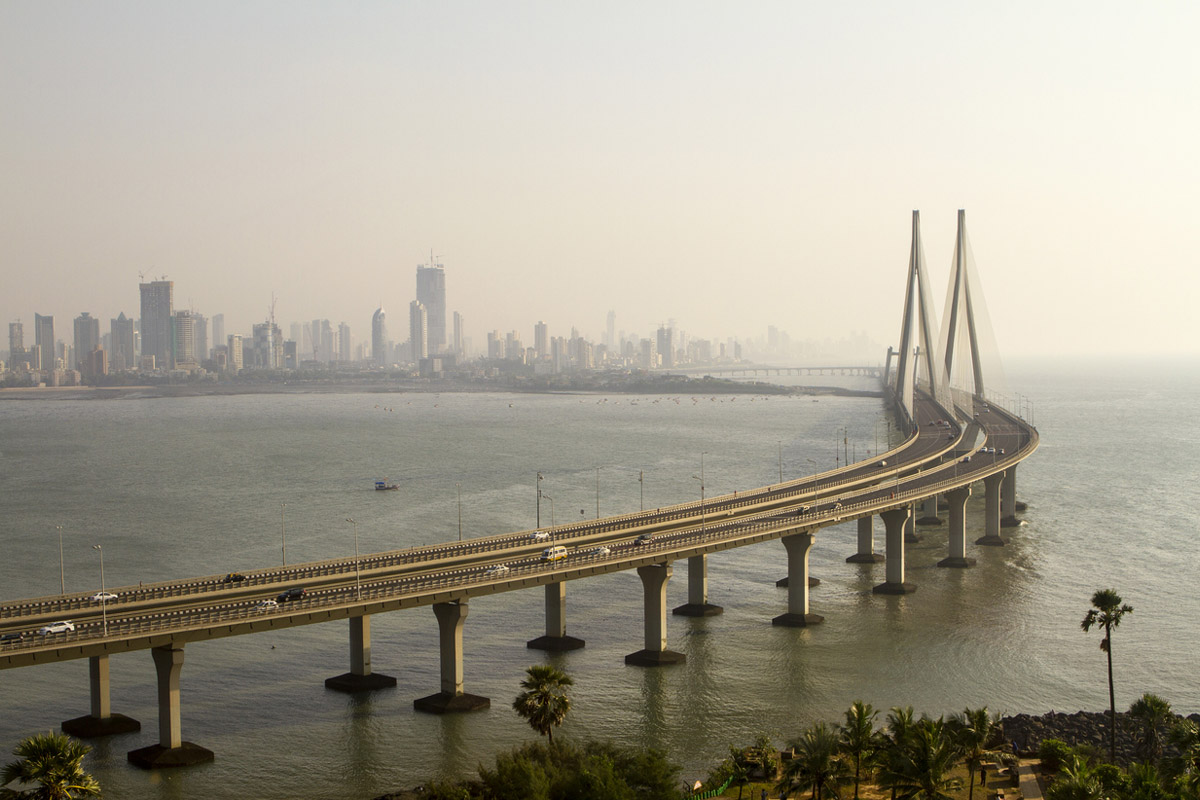With increasing number of people living in Indian cities and corresponding increase in volume of urban electorates, governments seem to be under pressure to show startling results in transformation of urban areas in short durations of time. Increasingly, large-scale infrastructure works such as elevated freeways, renewal of old historic areas of Indian cities and even altogether new cities irrespective of their size and complexity are being launched or targeted to be built within a given elected term by governments.
This compelling expeditiousness to conceive and implement public projects by governments in power during short tenure between elections constitutes what may be called Electoral Urbanism. However, it is pertinent to note that government organisations connected with urban planning and governance do not seem to be as yet technically equipped to commensurately deal with the new nature, scale and speed of these challenges. Against this backdrop the nature of resulting city scapes and their public spaces, and the impact on environment and resources is a matter of concern.
Advertisement
Expeditious intent to build largescale, high-value transport related infrastructure projects such as elevated roadways in cities by elected governments during a given elected term is invariably marked in most cases by lack of sound peer review processes, stakeholder participation and sensitivity to local ground situations. An earlier proposal for elevated road corridors project of approximately 100- km length criss-crossing the city of Bengaluru by the previous government, which witnessed protests from citizens’ groups and now reportedly kept on hold by the new government, is one case that represents this scenario in many ways.
Steered by bureaucrats heading government urban planning corporations, such infrastructure projects are also marked by problems related to land acquisition, fiscal constraints, very less time and competence invested in their planning, design and influence of private interests bolstering undue speed in launching them. In most cases, ease in traffic congestion is but temporarily resolved on select road stretches while city scapes and public spaces on ground are adversely impacted permanently. The implementation of these projects extends into several years, prone to cost overruns and public inconvenience.
It must be noted that many Indian cities however continue to be in need of affordable, high capacity and high quality public transport meaningfully integrated with city plans. In another scenario, planning intervention proposals for upgrading old areas of historic cities increasingly set for makeovers should respond sensitively to existing historical settings. In such urban contexts, planning proposals should be reviewed to balance urge for instant, iconic and bold transformation of selected city areas with restraint to conserve the distinct historic character, cultural fabric, symbolic value and image of the cities. Public space planning proposals in such settings have a cascading impact, acting as precedents for similar city scenarios rich in heritage structures across the country and must also be therefore reviewed for their larger ramifications.
Attempts to launch and build large new cities within a given elected term by governments on the other hand have long-term consequences for local environment, ecology, existing uses of land and occupational structures of the people. Amaravati, in Andhra Pradesh, for example was also an electoral promise to build an ambitious and iconic city in a short span of time which galvanized into its ambit enormous institutional, financial, material, land and human resources at great speed. The mega construction enterprise mooted by the earlier state government reportedly to meet people’s aspirations is now under review by the new government in power.
Such scenarios also reflect the vulnerability of the environment, habitats, precious resources and commons belonging to people at large, and future of Indian cities to the decisions of changing governments and elected leaders. While governments in power are compelled to show quick, demonstrable transformation of urban areas there do not seem to be processes in place to check if some of these mega elevated road works, glistening new cities, expensive iconic building works, redevelopment projects involving large scale demolition of existing structures, are genuinely needed to be taken up or are being done most appropriately by the state in a given manner at a given cost to public exchequer and resources.
Mechanisms to review prioritisation of urban development issues to be taken up by state governments, barometer system to gauge public procurement processes, breadth of expert and stakeholder participation in public projects also seem absent. Further decision making pertaining to technical planning and design of large and complex public projects with wide ranging ramifications seem to be concentrated in the hands of administrators of city corporations and elected leaders in power. Systems should be set rolling so that decision-making in dealing with urban issues and complex urban projects does not entirely rest only with administrators of urban local government corporations and elected leaders but are informed and influenced by experts, with thrust on technical excellence and appropriateness to a given context.
The corporations need to be made pervious to collaborative engagements with professional bodies, research and educational institutions of eminence dealing with urban issues, and stakeholder participations. Further as an option autonomous centres for urban studies with expert members attached to urban local corporations spread across small and big cities can be set up. They could help in dissemination of knowledge about best urban practices relevant to local needs in a bottom- up process and should have a reasonable say in decision making regarding urban issues. While these suggestions are not exhaustive, it is high time to invest in rethinking about urban planning and governance processes to meaningfully steer urban development in Indian cities. It is also pertinent to note that there is a dire need for governments to dwell with equal decisiveness and force on non-iconic and nongrandiose planning initiatives to make Indian cities and their public spaces more inclusive and true to needs of the people. Electoral Urbanism must give room for need based urbanism.
(The writer is a practicing architect, urban designer and writer)











